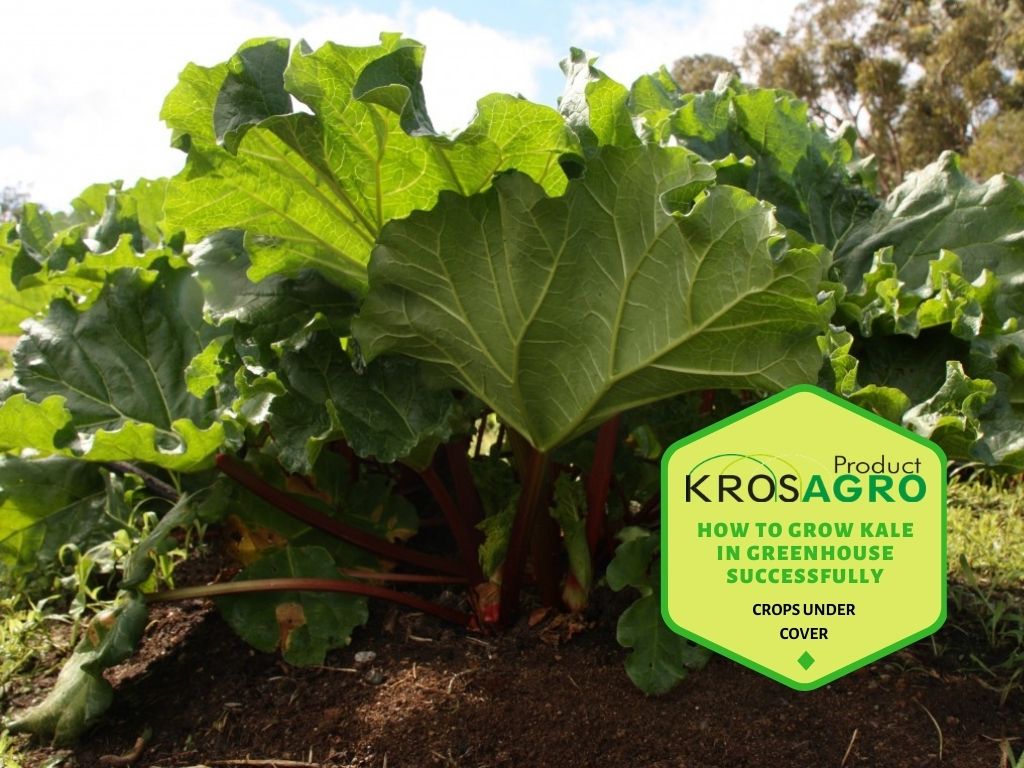Do you want to know how to grow kale in greenhouse successfully, but you don’t know how? Planting kale in greenhouses is less complicated. You just have to imitate the environmental setting outdoors with the right necessities and know enough tips in growing kale; then, you’re all set!
Kale is a cultivar, a variety of plants created through selective breeding, known for containing vitamins, minerals, and phytochemicals. It is also a standard component of salads, smoothies, casseroles. These are why there is a considerable demand for kale in the market.
If you’re interested in gaining all those benefits, then continue reading the tips on how to grow kale in greenhouse successfully.
Contents
Ways Of Growing Kale
Growing kale indoors is very simple due to its small size. But, to ensure a successful harvest, let’s proceed. Here are the ways on how to grow kale in greenhouse successfully:
#1 Imitate outdoor setting
Like every other plate, the basic needs of kale are sunlight, water, and soil. Since sunlight is unlimited outdoors, you have to make a recreation of that in the artificial habitat. The greenhouse must have enough light exposure, so use plastic or glass sheeting.
Kale plants grow best in direct sunlight. So to mimic outdoor light exposure, they must be laid out in the sun 6 hours a day. They may handle less than that, but there will be side effects upon harvesting.
Kale requires a lot of rain, especially when it starts developing. Since rain is also unavailable inside the greenhouse, you must manually provide 1 to 1.5 inches of water each week to avoid dehydration. Make sure the soil is moist and not flooded because it will potentially drown the seedling.
To prevent weeds from growing, you have to mulch the soil. This also prevents erosion and even enriches the soil for better results. You may add compost and fertilizers to improve the soil’s nutrient quality. Mulching can help prevent the loss of nutrients you want to deposit into the soil.
#2 Have enough knowledge in kale and how to plant them
Before you venture towards kale planting inside an artificial habitat, you must first be well-versed on what to consider when planting kale outside.
When you have mastered this, you may incorporate indoor techniques to ensure the success of your results. You should also be aware of any specification of these types of plants.
#3 Understanding kale variety
You are planning to grow your plants inside a conservatory. Indeed, there is limited space for occupation. Take into account the type of kale you are planning to plant, and it should match the amount of space available.
#4 Knowing their habitat
Be aware of the area where you put your veggies. Since they need sun, windowsills of south-facing windows are a typical pick for direct exposure to solar energy, especially during winter. Many kale varieties can withstand the cold weather but may not be as delicious as regular ones.
If a window is not available, you may use artificial light, like LED, since it is the most energy-efficient. Avoid turning on your lights for the whole day. It will overheat your plants and inflate your electric bill.
#5 Direct seeding
Kale can be planted directly into the garden bed. This is popular because it does not need a lot of time, equipment, and space. The seeds should be planted ¼ – ½ deep into the soil. Make sure you put a 16-inch length at most, in every plant.
#6 Planting in pots
Although this method requires more equipment and effort, planting in pots gives you control over water, sunlight, and temperature. Just fill your container with soil, place three seeds, and cover them again. You may also label the pot with the date planted and the plant type.
Place them in an area subjected to enough light and remember to supply them with water every day. Slowly, the seedling will be visible, and when you see at least two leaves, they are ready to be transported to the garden.
#7 Pests
Due to its many benefits, kale attracts both humans and pests. One of the most common is aphids. They come in groups and gather in leaves of the plant. If the damage is minor, apply insecticidal soap. The badly damaged ones should be removed and disposed of.
Conclusion
Kale is a healthy punch. Enough consumption of this will provide your body with several nutrients needed to keep you healthy. It is also abundant with vitamins A, C, and K. Can you believe it? It is capable of making you less prone to diseases in the eye and skin and even terminal illnesses.
These plants may be strong enough to withstand outdoor extremities, but indoor gardening is on a whole new level of its own. Since there aren’t many natural necessities present to help them survive, you must manually provide for them.
Kale is very simple to deal with, but you must be cautious in every step to make sure you end up with plants packed with nutritional goodness. We hope these tips on how to grow kale in greenhouse successfully make that possible for you.
Have a good day, and enjoy planting kale indoors!
